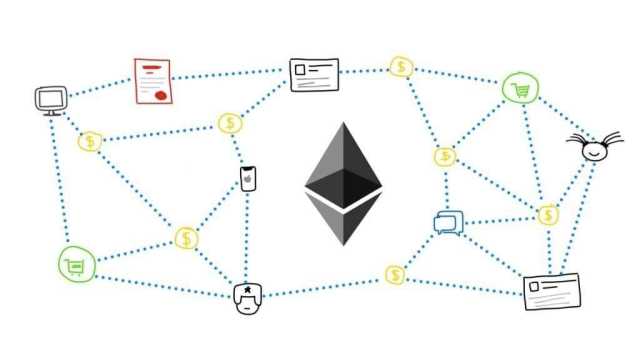
There is no single point of failure and a single user cannot change the record of transactions. However, blockchain technologies differ in some critical security aspects. When a transaction is verified, it gets put through a hash algorithm, and the hash is added to the blockchain. As new transactions continue to be confirmed, hashed, and added, the new hashes are put through the hash algorithm together, and a new unique hash is added that records both hashes from the original transactions. So, in a transaction, the person sending information can send it to your public key.

When will I have access to the lectures and assignments?
Due to the public nature of most blockchains, smart contracts are easily viewable by any network participant, and, thus, lack the key feature of confidentiality often sought in contracting. As smart contracts become more common, cryptography based on hashing algorithms will be used more extensively to protect sensitive contractual data. Some factors that ensure the blockchain’s resilience to hacking and malicious attacks are its distributed design, consensus-based transaction verification, and immutability of records. The main underlying factor that makes blockchain technology highly secure is cryptography; specifically, secure digital communications based on cryptography. The Blockchain and Cryptography Overview course is a part of the Certified Blockchain Security Professional (CBSP) Exam Prep Specialization and introduces you to fundamental cryptographic principles.

Consensus: Backbone of Blockchain Technology
Over the last several years, there have been countless blockchain-based startup companies as well as many initiatives backed by our biggest tech companies and financial institutions. One of the Ethereum network’s most successful projects so far is probably Cryptokitties, a video game where users can breed cats. MakerDAO, the app that currently has the most daily active participants, had less than 1,000 users in the past 24 hours (at the time of writing). Considering that Ethereum has been labeled a “Financial Tech Revolution”, among its many praises, its current applications seem quite underwhelming. There are a number of differences between blockchains and the above analogy, but it’s still a good starting point to get your head around what blockchains are and why they are useful.
Access this chapter
Computers on the bitcoin network, or “miners,” try to solve a complex cryptographic problem to create proof of work and thereby validate the transaction. Outside of public keys, there are few identity and access controls in this type of network. Cryptographic hashing is irreversible so that no one can undo transactions.

Basics of Blockchain Security and Smart Contracts
Plus, cryptography confirms authentication and facilitates secure key management. Popular blockchain platforms like Bitcoin or Ethereum use high-grade, secure hashing algorithms, such as SHA-256 and KECCAK-256. The use of these sophisticated algorithms ensures that their blockchains are among the most secure digital networks currently in existence. This ensures that any attempted change to a block of data will require making changes to all the previous blocks in the chain, a task that is impossible for all practical purposes. This chaining through hash codes is a key security feature in blockchain technology. Asymmetric encryption is used in blockchain to enable secure node-to-node transactions.
- There are numerous methods to encrypt data, and different blockchain networks may incorporate different types of cryptography, which are more or less secure than others.
- As mentioned above, there are two main concepts in blockchain – cryptography and hashing.
- Hashes render sensitive data unintelligible and enable tamper detection through deterministic unpredictable outputs.
- Let’s say that her balance is made up of one previous transaction of three bitcoins, one previous transaction of four bitcoins, and one previous transaction of five bitcoins.
- A number of companies are active in this space providing services for compliant tokenization, private STOs, and public STOs.
- The cryptographic hash function allows limitless transactions to be recorded securely on the blockchain network.
- The encryption in cryptographic hashing does not involve any use of keys.
- We’ll get to the answer to this problem later on, in the How can blockchains prevent double-spending?
- These blocks are linked together on what’s known as the “chain,” and unlike traditional databases that utilize a third party or intermediary, a blockchain is completely decentralized.
- Hashing is also used in blockchain mining in Proof-of-Work (PoW) networks.
But by the fall of 2022, the price of Bitcoin and many other cryptocurrencies had declined by more than half. Crypto projects known as stablecoins have sought to take on this issue with mechanisms intended Blockchain Cryptography to peg digital assets to the value of the dollar or other fiat currencies and commodities. In this module, you will learn about blockchain fundamentals, its promises, and the security essentials.
Blockchain Encryption and Decryption
It is what you would give to other people in order to execute a Bitcoin transaction. The way that an asymmetric encryption system would work then, is that the public key can be used for encrypting or encoding data, but the users would need a private key to decrypt or decode the data. In other words, the public key turns plaintext into ciphertext, but a user’s private key turns the ciphertext back into plaintext.